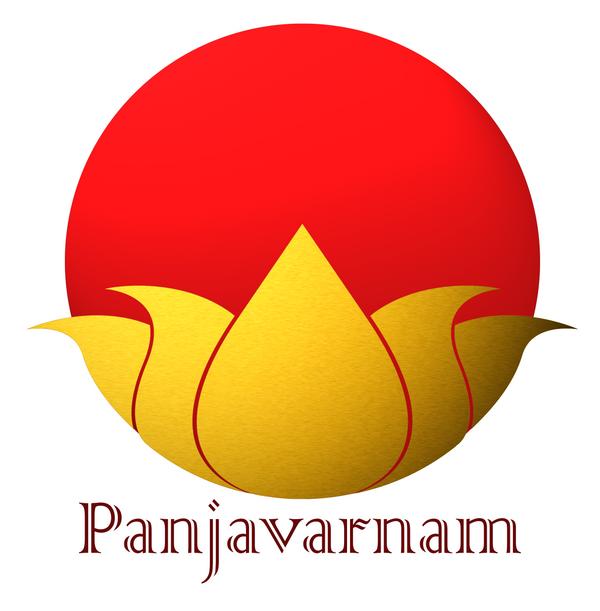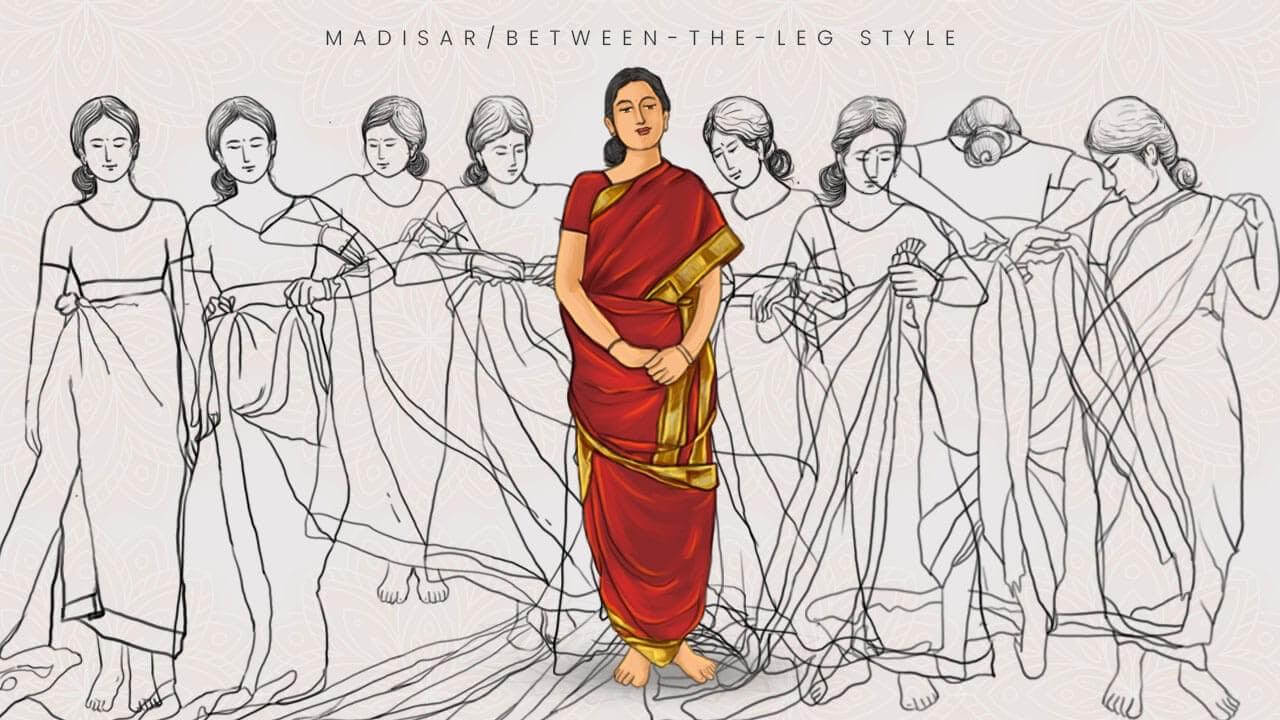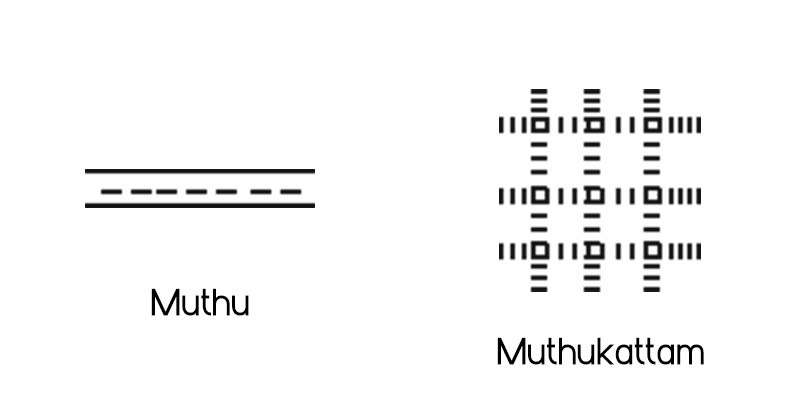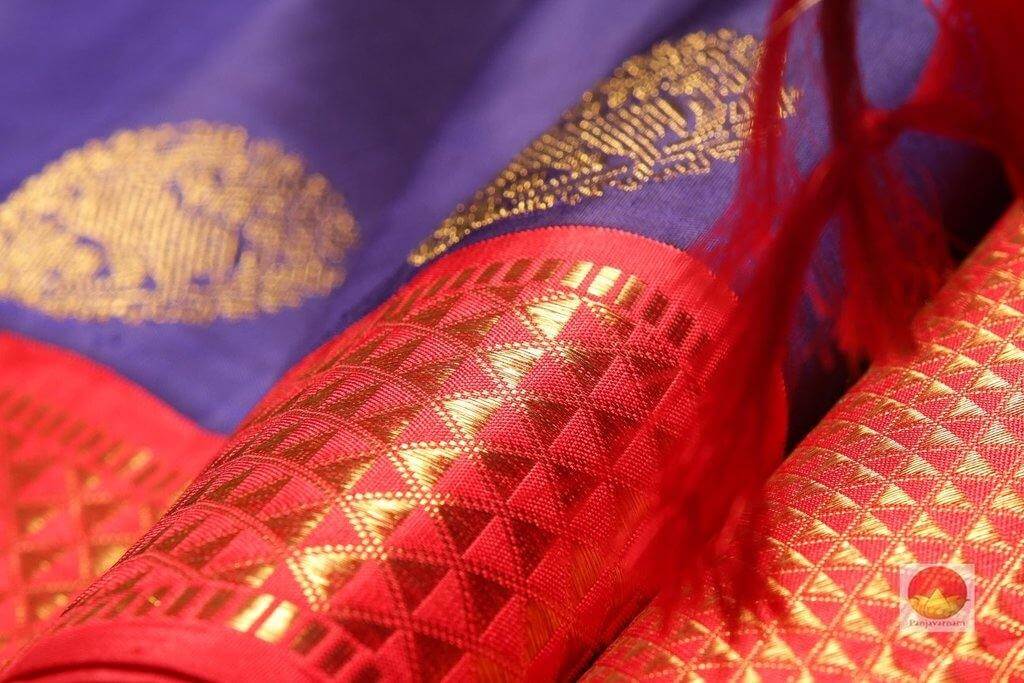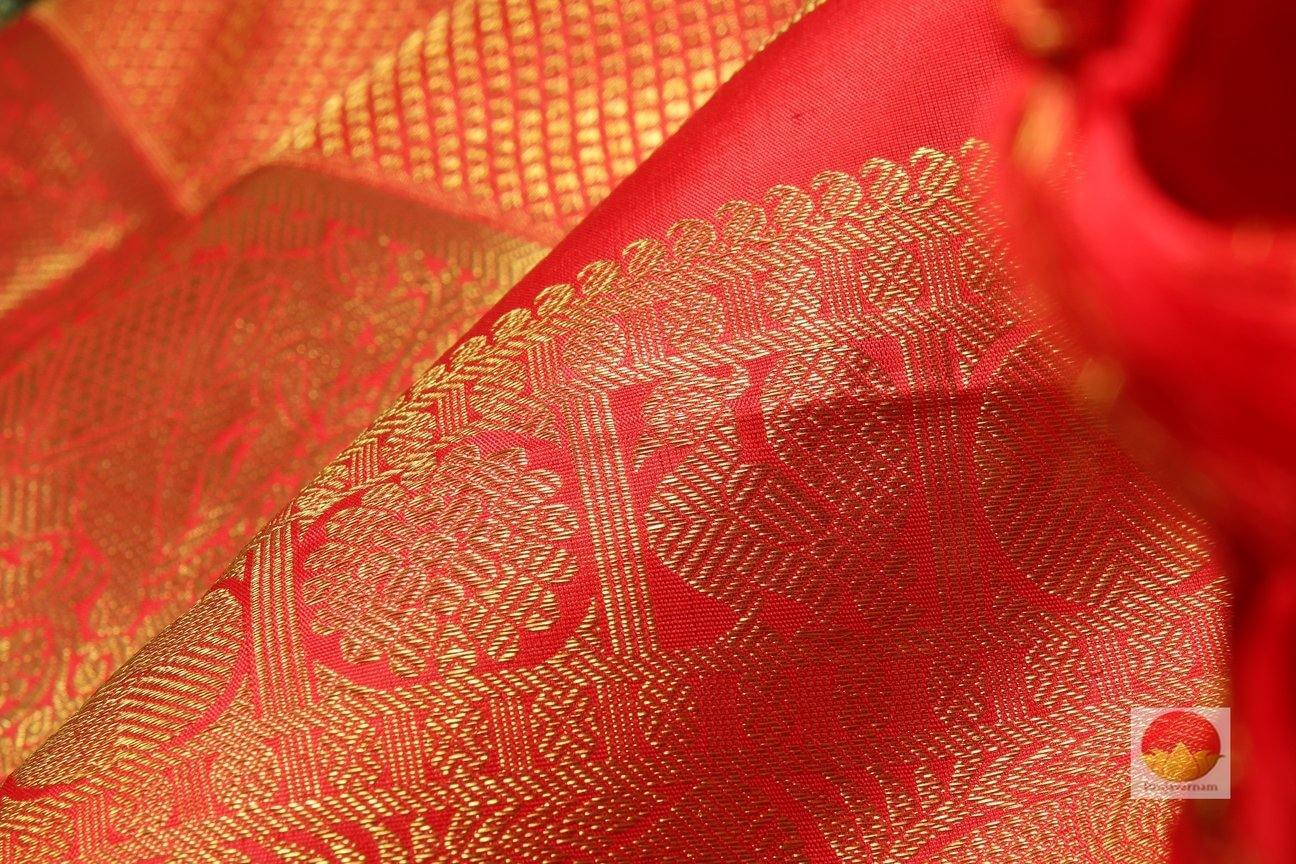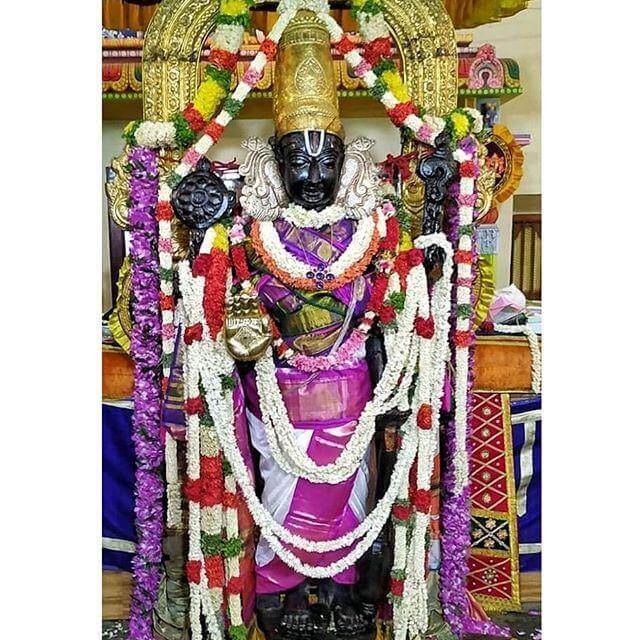Table of Contents:
- Introduction
- What is Kanjivaram Silk Saree?
- What Makes Kanjivaram Silk Truly Unique?
- Comparing Kanjivaram Silk with Other Silk Varieties
- Why Choose Kanjivaram Silk?
- How to Identify Authentic Kanjivaram Silk
- Styling Kanjivaram Silk vs. Other Silks
- The Uniqueness of Kanjivaram Silk
- Conclusion
Introduction
Amid silk varieties, few exhibit tradition and rich beauty as elegantly as Kanjivaram silk. Starting from the old town of Kanjivaram in Tamil Nadu, this silk manifestly shows a rich cultural history and is excellent. It is famous for being one of the finest silks, representing cultural importance and beautiful design. Kanjivaram, also known as Kanjeevaram, is a city in Tamil Nadu where this saree has been a tradition for South Indian women for many years.
These sarees are created from fine mulberry silk and feature real gold or silver zari work, showing people the beauty and making things in a high-quality way passed down through generations of weaves.
While many silk fabrics are produced in India and worldwide, Kanjivaram silk stands out for its superior quality, beautiful style, and suitability for weddings and special celebrations.
What is Kanjivaram Silk Saree?
Kanjivaram silk saree is a traditional Indian saree famous for its rich texture, bright colour and beautiful work. These sarees, woven in Kanjivaram, Tamil Nadu, and made from pure mulberry silk, provide a beautiful feel and excellent durability. What makes them unique is the use of gold or silver zari to form designs and borders on the sarees.
What Makes Kanjivaram Silk Truly Unique?
Kanjivaram silk is one of the oldest and most famous forms of silk in India. It is known for its traditional value and superior quality.
Heritage and Cultural Significance:
Kanjivaram silk is produced in Kanjivaram in Tamil Nadu, which has a rich history and tradition in creating silk products. Kanjivaram is the town known as the Silk City of India, and the art of weaving, which has a history of more than 400 years, makes Kanjivaram silk sarees a part of South Indian culture.
Superior Quality Silk:
These sarees are artisan-crafted from pure mulberry silk, giving the saree a royal and rich look. The silk used is much thicker and more refined than the other types of silk used in sarees.
Double-Twist Weaving Method:
One key factor lifting the value of Kanjivaram silk is the use of the double-twist weaving method, demonstrating two silk threads for distortion to produce a solid and shiny fabric.
Intricate Zari Work:
The Kanjivaram saree is known for its real gold or silver zari, adding to its visual appeal and value. The borders, pallus, and motifs are made using intricate zari work.
Vibrant Colors:
Kanjivaram silk sarees feature vibrant, bold colors due to the dyeing process, maintaining their brilliance over time.
Versatility:
Kanjivaram silk sarees are perfect for weddings, special celebrations, and other ceremonial events, always in fashion and treasured by women of all ages.
Comparing Kanjivaram Silk with Other Silk Varieties
Here’s a comparison of Kanjivaram silk with other silk varieties:
Origin:
- Kanjivaram Silk: Tamil Nadu
- Banarasi Silk: Uttar Pradesh
- Mysore Silk: Karnataka
- Tussar Silk: Bihar, Jharkhand, Odisha
- Patola Silk: Gujarat
Fabric Quality:
Kanjivaram silk is thicker, heavier, and more durable compared to other silk varieties like Banarasi, Mysore, Tussar, and Patola silks.
Weaving Technique:
Kanjivaram silk uses a double-twist weaving method, while others like Banarasi and Patola silks use different methods like brocade work or ikat techniques.
Zari Work:
Kanjivaram silk features rich gold or silver zari work, while other varieties like Mysore or Tussar silks have lighter or more minimal zari detailing.
Designs and Motifs:
- Kanjivaram Silk: Temples, peacocks, and flowers
- Banarasi Silk: Mughal-inspired floral and jali designs
- Mysore Silk: Minimalist, classical styles
- Tussar Silk: Tribal and geometric patterns
- Patola Silk: Geometric and conventional motifs
Cultural Significance:
Kanjivaram silk is a symbol of South Indian culture, while other silks like Banarasi or Patola silk are associated with North Indian and Gujarat traditions.
Why Choose Kanjivaram Silk?
Choosing Kanjivaram silk means embracing a tradition of superior quality and exquisite craftsmanship. Hand-woven by artisans in Tamil Nadu, these sarees are perfect for weddings, special occasions, and hold deep cultural significance in South Indian culture.
How to Identify Authentic Kanjivaram Silk
To verify a genuine Kanjivaram saree, look for the Silk Mark label, indicating pure silk. Check for a heavier weight, smooth texture, and authentic zari work, typically using silver or gold-coated threads. Traditional motifs and unique joins between the pallu and the body further highlight its authenticity.
Styling Kanjivaram Silk vs. Other Silks
Styling Kanjivaram silk involves pairing it with bold, traditional jewelry for weddings and grand occasions, while other silks like Banarasi or Mysore sarees may be styled with lighter or more contemporary accessories.
The Uniqueness of Kanjivaram Silk
Kanjivaram silk sarees are renowned for their bold contrast borders, vibrant colors, and durability. Their craftsmanship, inspired by temple designs and nature, make them a symbol of luxury and tradition, particularly in South Indian weddings.
Conclusion
Kanjivaram silk sarees are a timeless treasure, representing luxury, tradition, and culture. Explore a beautiful collection of Kanchipuram pure silk sarees at Panjavarnam, where each saree is hand-woven to perfection. They are perfect for weddings, festivals, and other auspicious occasions. Embrace the richness of Kanjivaram silk with our wide range of colors and designs.
